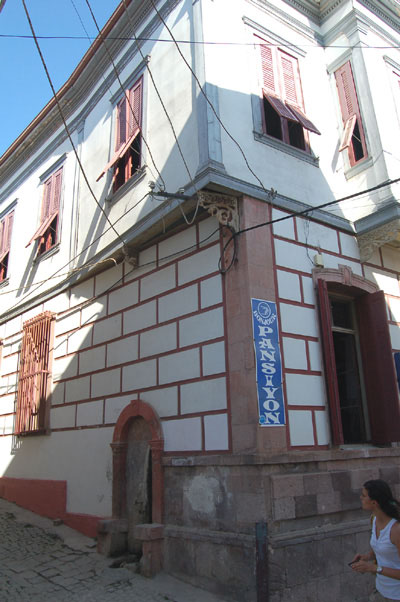 |
The former French Consulate at Ayvalık, now serving as a guest house.
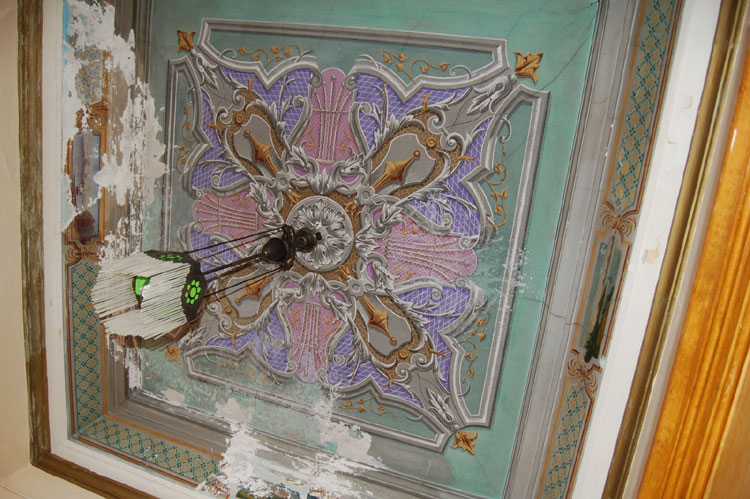 |
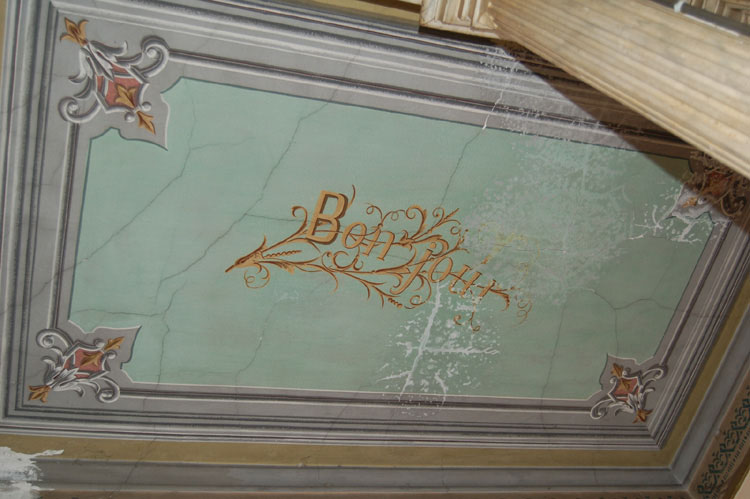 |
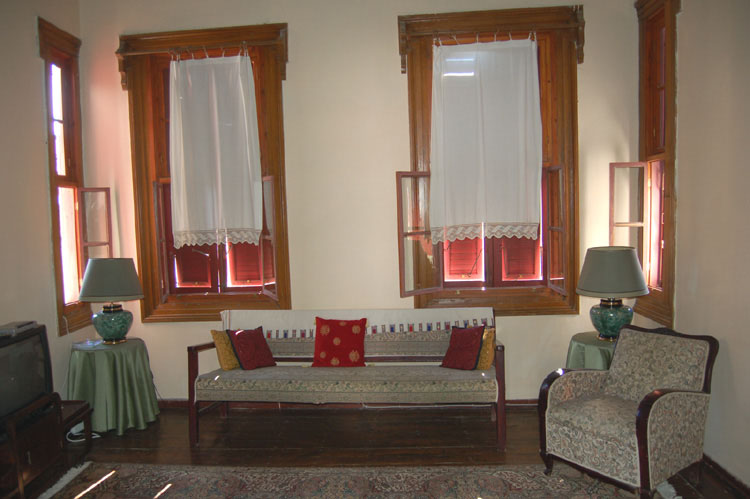 |
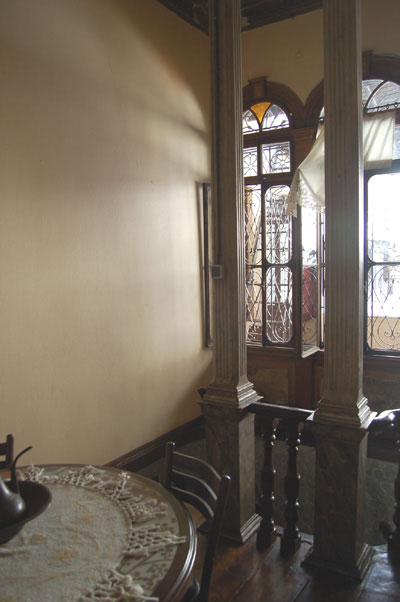 |
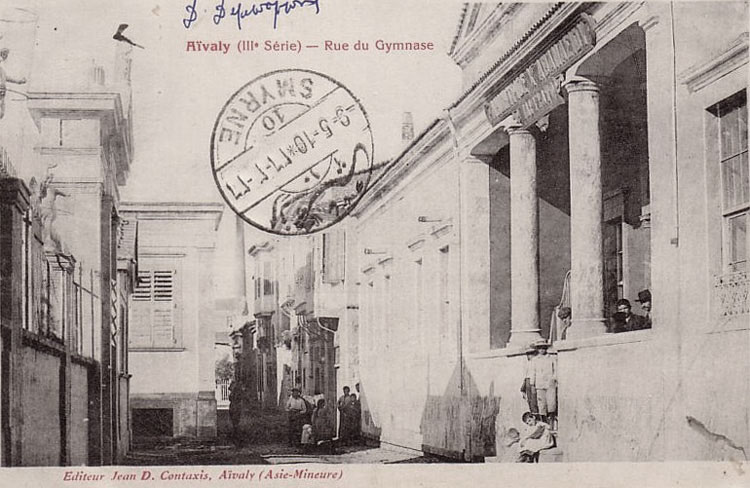 |
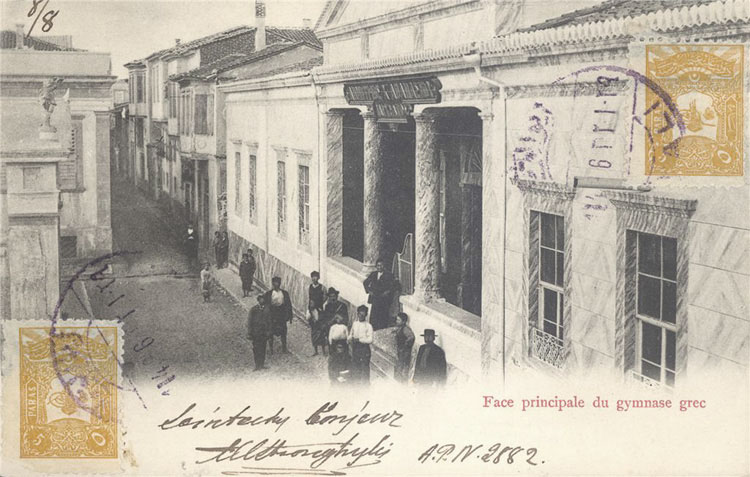 |
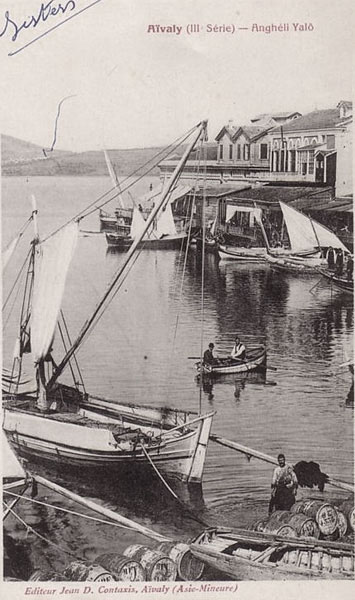 |
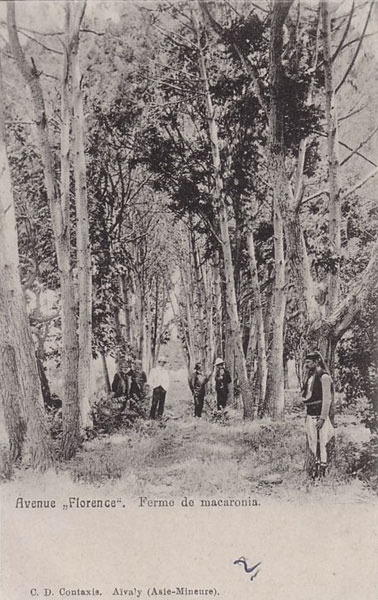 |
The contributor Alex Baltazzi was able to furnish us with further information on this farm:
Amongst family papers is a letter of Emanuele Baltazzi to his uncle Alexandre Caratheodory dated the 29 April 1899 about the will of his mother Smaragda née Caratheodory: ‘C’est moi qui suis nomme executeur testamentaire et charge en plus de la question de MACARUNIA jusqu’a sa vente’ [I have been nomimated as the executor of the will and also entrusted to deal with the question of the Macarunia until its sale]. So the Macarunia of Ayvalık was situated probably at the Kato Hora district in a region which took the name of the farm or vice versa, was a Baltazzi farm. The author Kontente and others have mentioned Smaragda who managed big farms alone etc. Emanuele was the son of Spiridone Baltazzi.
Amongst family papers is a letter of Emanuele Baltazzi to his uncle Alexandre Caratheodory dated the 29 April 1899 about the will of his mother Smaragda née Caratheodory: ‘C’est moi qui suis nomme executeur testamentaire et charge en plus de la question de MACARUNIA jusqu’a sa vente’ [I have been nomimated as the executor of the will and also entrusted to deal with the question of the Macarunia until its sale]. So the Macarunia of Ayvalık was situated probably at the Kato Hora district in a region which took the name of the farm or vice versa, was a Baltazzi farm. The author Kontente and others have mentioned Smaragda who managed big farms alone etc. Emanuele was the son of Spiridone Baltazzi.
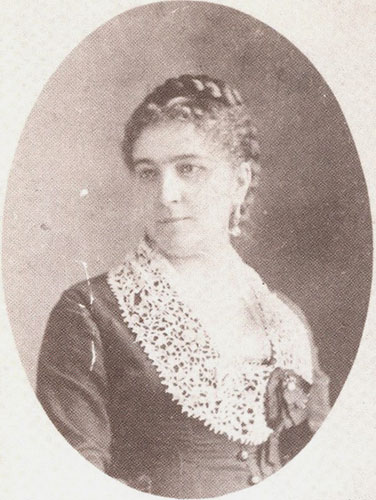 |
 |
Smaragda Baltazzi who took over running of the Macaronia farm on the death of her husband. A German made bell, with the inscription in Greek letters, ‘E. A. Baltazzi 1863’, resting the garden of Pergamum Museum, though its story is not clear. Either it the bell from the church within the extensive Baltazzi farm at Aliağa or the bell donated by Emmanuele Baltazzi (1790?- 1855) to the Greek Orthodox Panagia Church of Moshonisi (Alibey Island facing Ayvalık).
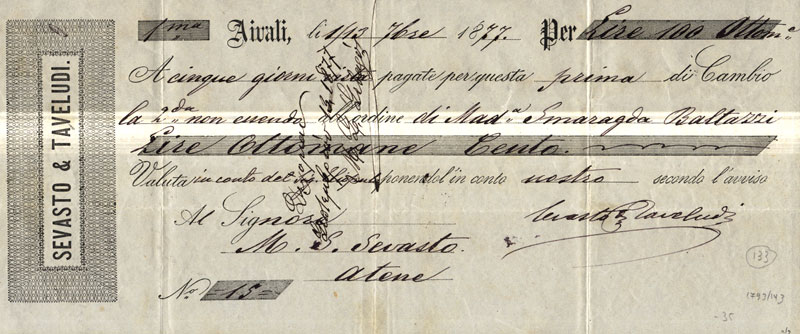 |
A commercial transaction document dated 11/13 february 1877 Ayvalık for the payment of 100 Ottoman liras to Smaragda Baltazzi by M.S. Sevasto of Athens.
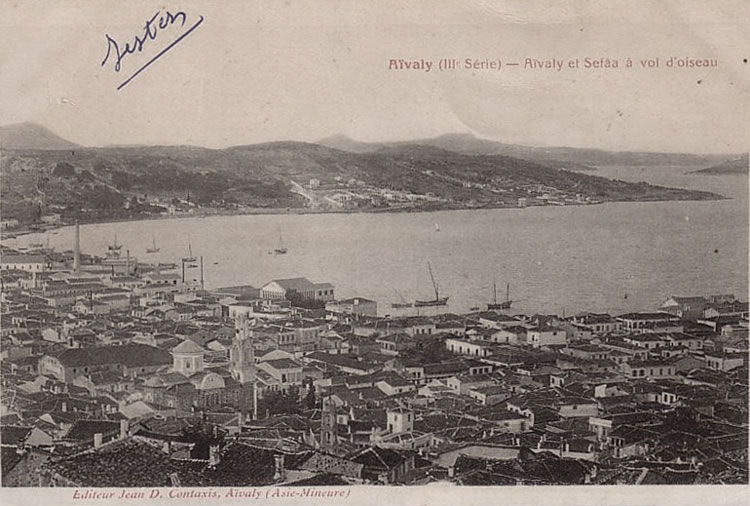 |
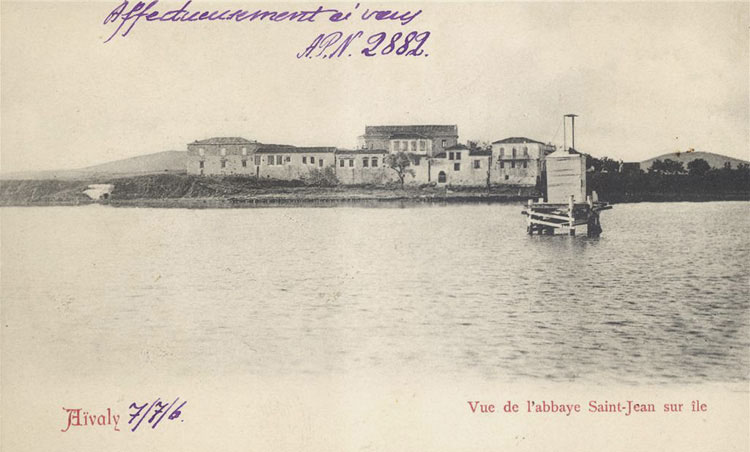 |
The former Greek Orthodox Ayiu Ionnu Tu Podromu Monastery on one of the smaller islands of the Ayvalik archipelago, Tavuk [St Yoannis] island, across from Alibey [Cunda] Island. Today only the foundations and some walls remain.
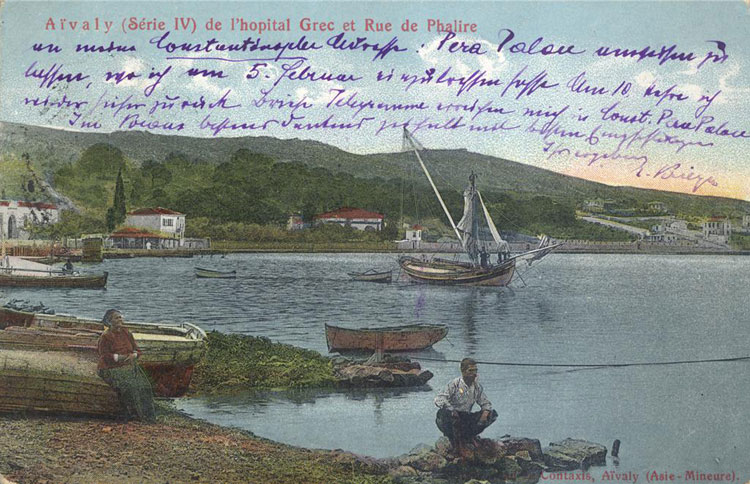 |
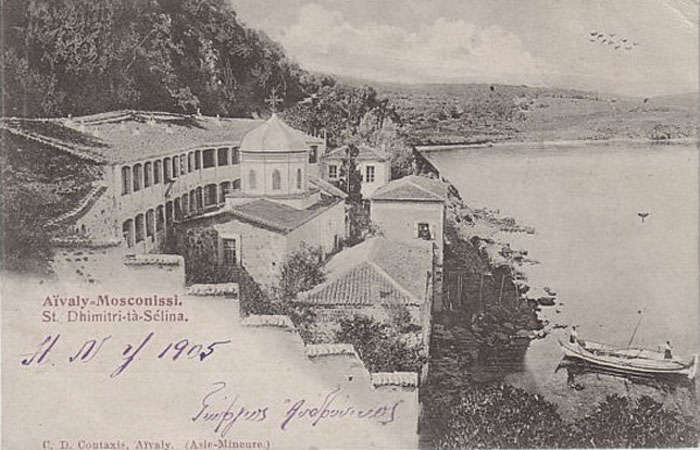 |
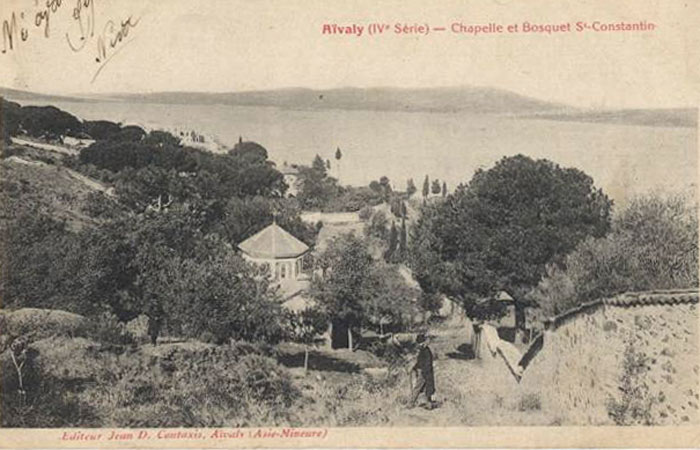 |